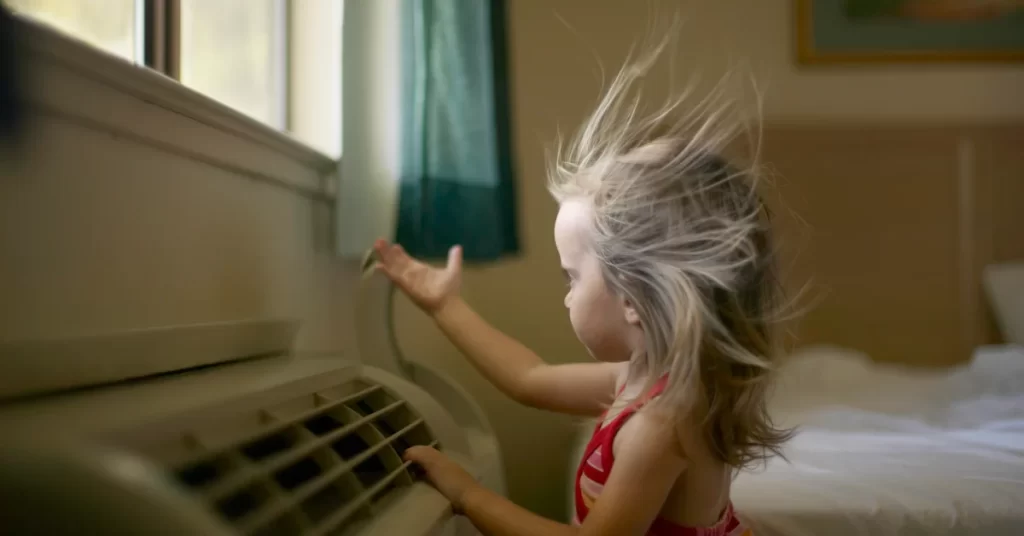Comprehensive AC Installation from Start to Finish
Installing an air conditioning AC system from start to finish involves several crucial steps to ensure optimal performance and efficiency. From planning and preparation to installation and testing, each phase plays a vital role in creating a comfortable indoor environment. Let’s delve into the comprehensive process of AC installation: Assessment and Planning: The first step is a thorough assessment of the space to determine the appropriate AC system size and type. Factors such as square footage, insulation, window placement, and climate considerations are evaluated. Based on this assessment, a comprehensive plan is developed to ensure the system meets the cooling demands efficiently. Selection of Equipment: With the plan in place, the next step is selecting the right AC equipment. This includes choosing the appropriate capacity, energy efficiency rating, and features such as programmable thermostats or zoning options. Quality equipment from reputable brands is preferred to ensure reliability and longevity.

Preparation of Installation Site: Before installation begins, the site needs preparation. This involves clearing the area around the indoor and outdoor units, ensuring proper ventilation, and addressing any structural modifications required for the installation. Installation of Ductwork if applicable: If the AC system requires ductwork, this is installed next. Careful attention is paid to the design and placement of ducts to optimize airflow and minimize energy losses. Sealing and insulating ducts are crucial steps to enhance efficiency. Installation of Indoor Unit: The indoor unit, which includes the evaporator coil and blower, is installed according to the manufacturer’s specifications. Proper placement is essential for efficient cooling and air distribution throughout the space. Electrical connections and refrigerant lines are also established during this phase. Installation of Outdoor Unit: The outdoor unit, containing the compressor and condenser coil, is installed in a location that allows for adequate airflow and minimal noise disruption. Electrical connections, refrigerant lines, and drainage systems are connected meticulously to ensure proper functionality.
Testing and Calibration: Once the installation is complete, thorough testing and calibration are conducted. This includes checking refrigerant levels, airflow, thermostat functionality, and overall system performance. Any adjustments or fine-tuning necessary for optimal operation are made during this phase. Inspection and Compliance: After testing, the system undergoes a final inspection to ensure compliance with local codes and regulations. This step is crucial for safety and performance standards. Client Orientation and Maintenance Guidance: Before handing over the system to the client, a comprehensive orientation is provided. This includes instructions on operating the AC system, learn more setting up maintenance schedules, and addressing any questions or concerns the client may have. Follow-Up and Support: Post-installation, ongoing support and maintenance services are offered to ensure the AC system operates efficiently and remains in optimal condition. Regular maintenance, such as filter replacements and system checks, is recommended to prolong the lifespan of the equipment.